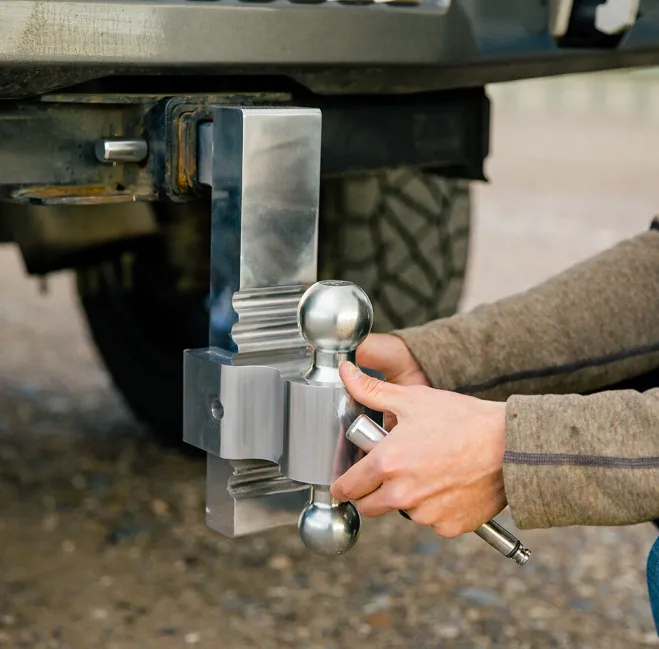When a Platform Becomes a Personal Archive of User Emotions
There’s a difference between a folder of files and a place that remembers how a moment felt. A photo of a birthday on your phone is proof it happened; a short caption about the smell of the cake, the lopsided candles, and the off-key chorus turns it into a memory that breathes. When a platform gives you room for both – the artifact and the feeling – it stops being “just another app” and starts acting like a personal archive. Not a museum with velvet ropes, but a home drawer you open often, where the most important pieces sit within reach.
From scattered moments to a living timeline
Most of us stash memories wherever we can: a few shots in the camera roll, a voice memo with Grandma’s stories, a long text thread that hides a perfect message three months back. A good platform pulls those threads together. You open it and see a timeline that mirrors your life: the move across town, a kid’s first word, the quiet walk after a hard day. Entries don’t need to be polished. A sentence and a snapshot count. So does a thirty-second audio clip you recorded in the car at a red light.
This is the difference between storage and an archive: storage asks “What do you have?” An archive asks “What does it mean to you?” The right place encourages you to add context without turning it into homework. A tiny prompt – “What made this moment stand out?” – is often all it takes.
If you want a clear, simple gateway to keep the habit going, pick a login flow that doesn’t fight you. It can be as straightforward as following a clean sign-in and saving today’s thought before it vanishes. If you need a handoff point you can bookmark for later, you can always read more and come back when your head is full and your hands are free.
Designing for feelings, not just files
An emotional archive cares about how you’ll find things later. Dates help, but so do the labels your heart actually uses: “first apartment nerves,” “summer rain,” “the day we forgave each other.” Smart tagging lets you invent your own language and change it as life changes. Search should meet you halfway: typing “rain” brings up the umbrella photo, the porch video with thunder in the distance, and the text where you wrote about the smell on hot pavement.
Audio deserves first-class treatment. Your voice from five years ago carries a tone you can’t fake in text. So do your parents’ pauses, your child’s early mispronunciations, and that laugh you only hear with old friends. A friendly platform makes it easy to add a voice note to a photo or build a small “story track” for a big day – breakfast nerves, the ceremony, the dance, the sleepy ride home.
Small rituals that make the habit stick
You don’t build an archive in one heroic weekend. You build it with tiny, repeatable moves. One entry every Sunday night. One photo and two sentences at the end of each month. A quick voice note after family dinners. The platform can help with gentle nudges (“This week last year…”) and little wins (a confetti moment when you complete a month’s streak). The ritual matters more than the output. Ten imperfect memories are better than one flawless essay you never find time to write.
It also helps to assign “micro-roles” if you share the space. One person picks a weekly photo, another captures one sound, another jots the single funniest line from the group chat. No one job is heavy, yet the archive grows in three dimensions – image, voice, text.
Privacy that lets you breathe
An archive is only as honest as it is safe. You should always know who sees what, and change your mind in two taps. Some entries are for everyone at the next reunion. Others are just for you in a tough season. Clear controls – private by default, visible circles you can name, quick “share for a week” links that expire – let you relax and write what’s real.
Ownership and exit ramps matter, too. You should be able to export originals with their captions and dates intact, hand a trusted person “legacy access,” and download a tidy backup on your own schedule. When you feel in charge, you’re willing to put your heart on the page.
Context turns keepsakes into stories
A single photo can be lovely; a photo with a few anchors becomes unforgettable. Add the song you had on loop that summer. Pin a pin-drop on the map with a one-liner about the neighborhood bakery. Paste in a recipe card scanned from a stained index. Slip in the text message where someone typed “I’m outside” and everything changed. These aren’t bells and whistles. They’re the threads that make your future self smell that kitchen again.
For big moments, think in “sets.” A move, a road trip, a recovery, a season of training – each can have a cover image, a paragraph or two, and a handful of fragments. Your archive should make it easy to group items and give the set a title you’ll remember. Years later, you won’t search by file name; you’ll look for “the fall we said yes to everything.”
Editing without erasing
Feelings morph. A place you loved can become a place you left. The entry you wrote in the heat of a breakup may need a softer note after time passes. A platform built for emotions lets you layer without deleting. Add an “after” paragraph under the “during.” Attach a quiet voice note that says what you learned since. Keep versions, but surface the most helpful view first, so you don’t lose the path you took to get here.
Comments from trusted people can live in the margins: a heart from a sibling, a small correction on a date, a memory you didn’t know someone else kept. Your story stays yours; their notes add light.
Built for ordinary chaos
Life rarely gives you perfect conditions to record it. You’ll be on a bad signal, between subway stops, or stirring pasta with one hand. Your archive should be light on data, quick to cache, and forgiving when you close mid-sentence. Autosave is a must. One-hand controls help. Captions and high-contrast text make late-night entries kinder to tired eyes. The easier it is in messy moments, the more likely your real life will make it onto the page.
From digital space to something you can hold
At least once a year, pick your favorite entries and make a small book. Nothing fancy – softcover, a dozen pages, a handful of photos, the best lines. Printed keepsakes invite re-reading on the couch, not just scrolling alone at 1 a.m. A platform worth your time will let you export cleanly to a simple layout, so the “year in feelings” becomes a ritual. Stack a few volumes and you’ll see your life changing in gradations, not just milestones.







